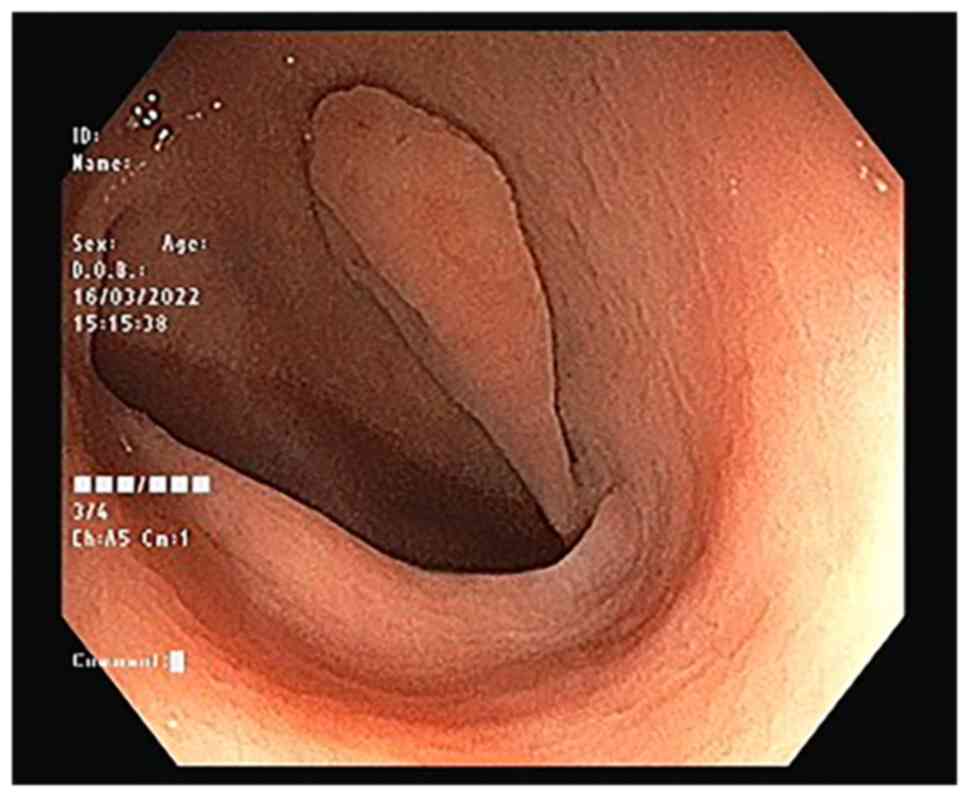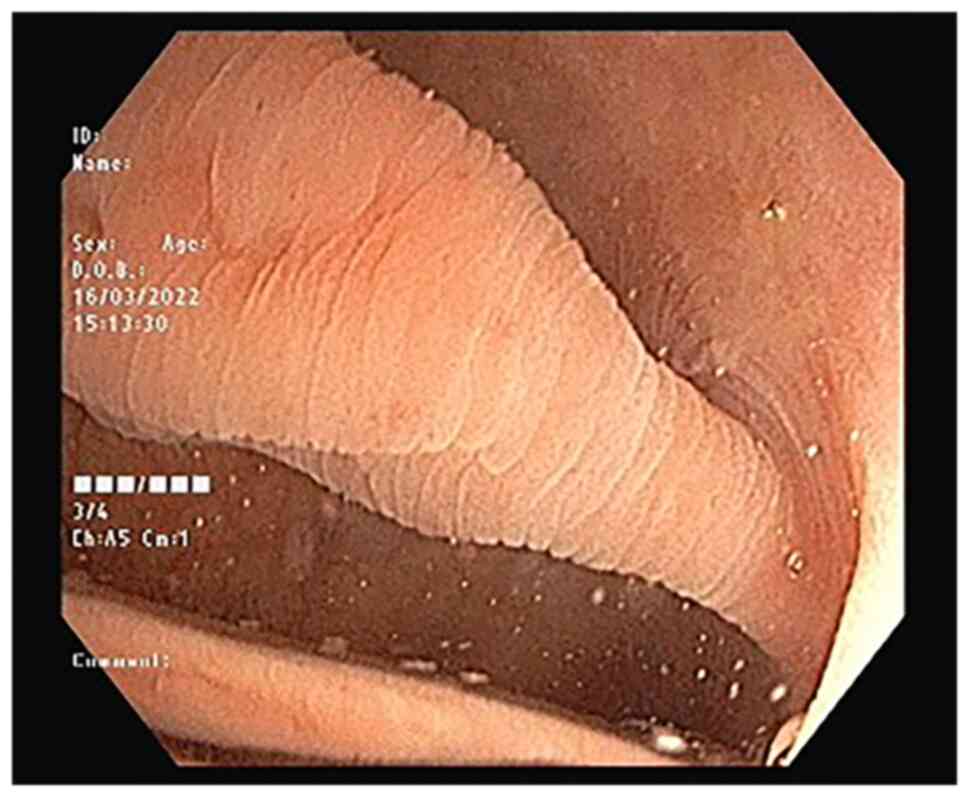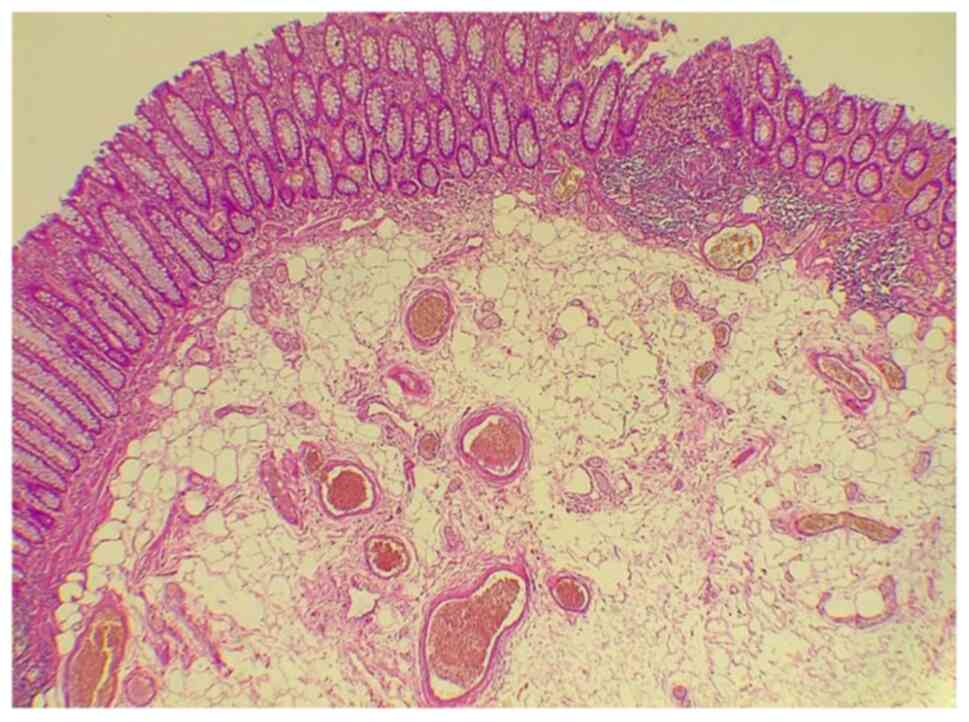Spandidos Publications style
Gharib DT, Abdullah AM, Asaad HR, Hussein KF, Ismaeil DA, Hawramy OH, Ahmed DH, Ali HH, Karim M, Abdalla BA, Abdalla BA, et al: Aurora rings may not always indicate an inverted colonic diverticulum: Report of a rare case of colonic lipoma. Med Int 3: 29, 2023.
APA
Gharib, D.T., Abdullah, A.M., Asaad, H.R., Hussein, K.F., Ismaeil, D.A., Hawramy, O.H. ... Abdullah, H.O. (2023). Aurora rings may not always indicate an inverted colonic diverticulum: Report of a rare case of colonic lipoma. Medicine International, 3, 29. https://doi.org/10.3892/mi.2023.89
MLA
Gharib, D. T., Abdullah, A. M., Asaad, H. R., Hussein, K. F., Ismaeil, D. A., Hawramy, O. H., Ahmed, D. H., Ali, H. H., Karim, M., Abdalla, B. A., Abdullah, F., Kakamad, F. H., Abdullah, H. O."Aurora rings may not always indicate an inverted colonic diverticulum: Report of a rare case of colonic lipoma". Medicine International 3.3 (2023): 29.
Chicago
Gharib, D. T., Abdullah, A. M., Asaad, H. R., Hussein, K. F., Ismaeil, D. A., Hawramy, O. H., Ahmed, D. H., Ali, H. H., Karim, M., Abdalla, B. A., Abdullah, F., Kakamad, F. H., Abdullah, H. O."Aurora rings may not always indicate an inverted colonic diverticulum: Report of a rare case of colonic lipoma". Medicine International 3, no. 3 (2023): 29. https://doi.org/10.3892/mi.2023.89

















